ADAIN Procedure
Home » Resources » Ultrasound-Guided Procedures » ADAIN Procedure
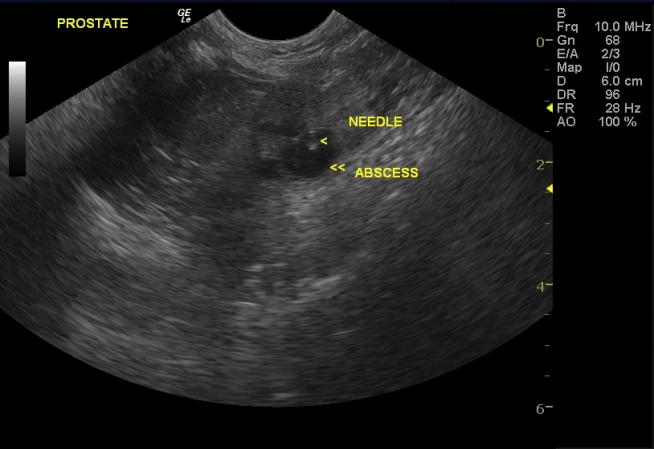
Prostatic abscess treated with abscess drainage antibiotic injection and neuter (ADAIN) procedure in a 9 year old MI Poodle dog
History
A 9-year-old MI poodle, with history of calcium oxalate crystalluria, presented for acting strangely. Per the owner, the patient was restless, had labored breathing, and was vomiting. There was a possibility of foreign body ingestion. On physical examination, the patient was depressed, quiet, and febrile, the mucous membranes were moist and pink, and the abdomen was non-painful on palpation. The only abnormality on blood chemistry was mild increase in ALT activity. The patient was treated with subcutaneous fluids, anti-emetics, and antibiotics. At recheck examination he was still doing poorly, had difficulty moving around, and his appetite was decreased.
Clinical Differential Diagnosis
Primary neurological disease, metabolic encephalopathy (renal/hepatic), infectious disease (bacterial/fungal/protozoal), immune-mediated disease, neoplasia, GI tract obstruction.
Image Interpretation
A large mildly echogenic fluid filled cystic structure is present within the prostatic parenchyma. Hyperechoic pericapsular inflammation and slight free fluid is noted suggestive for potential leakage into the abdomen and pelvic peritonitis.
Sonographic Differential Diagnosis
Prostatic abscess.
Sampling
US-guided fine needle drainage of the prostatic abscess was performed. Aerobic culture of an aspirate from the prostatic abscess yielded no growth, however the patient had been treated with antibiotics and an anaerobic culture was not performed.
DX
Prostatic abscess
Outcome
The patient was castrated, recovered uneventfully, and was placed on enrofloxacin and clindamycin for 4 weeks. Follow up ultrasound found that the prostatic abscess had resolved. The patient was doing well at that time; the owners were advised to continue with the antibiotics for further 3 weeks.
Comments
This procedure we call the “ADAIN” procedure: ultrasound-guided “Abscess Drainage Antibiotic Injection & Neuter.” In 18 cases to date, we have found near universal success with only occasional need to drain further post neuter in 2 cases. Studies are currently underway at SonoPath.com. This interventional ultrasonographic procedure avoids costly and invasive surgical prostatic marsupialization procedures.
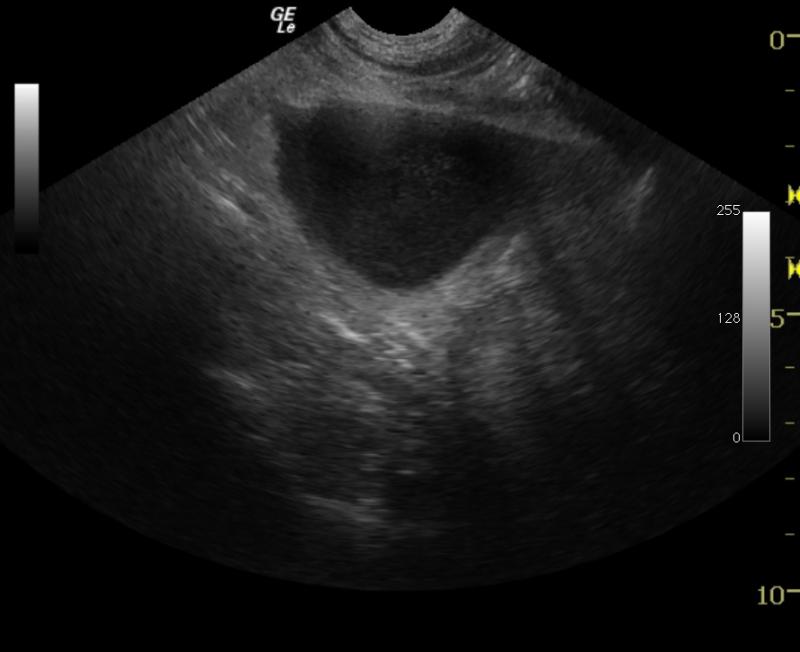
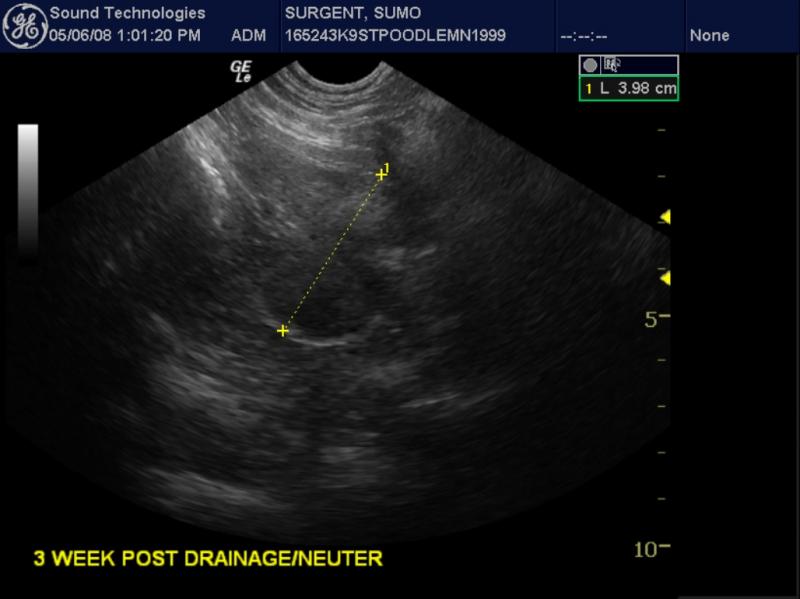
Video 1: A large mildly echogenic fluid filled cystic lesion is present within the prostatic parenchyma. Prostatic abscess to the right, urinary bladder to the left.
Video 3: We call this the “ADAIN” procedure, which stands for Ultrasound Guided Abscess Drainage Antibiotic Injection & Neuter. Drainage is near complete in this image with a minor lumen left to target with the antibiotic injection.
More Ultrasound-Guided Procedures
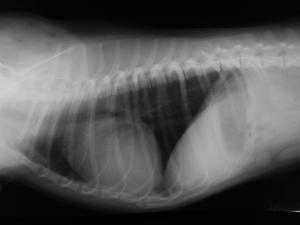
Bubble Study
The reason to perform a bubble study is to confirm the presence of shunting of blood from venous to arterial flow such as a Reverse VSD or a Reverse PDA.
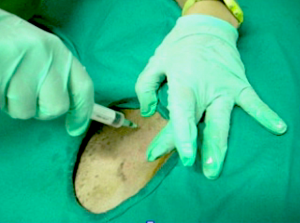

Gallbladder Motility Study
NPO overnight. Time 0 min: Measure GB in long axis and short axis from subxiphoid approach and right intercostal approach. The proper position is maximum
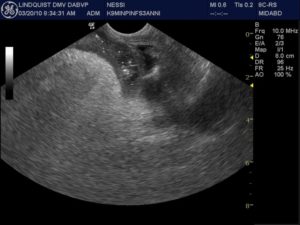
Intraoperative Ultrasound
We developed this technique to be used on any abdominal organ but is especially effective in case of infiltrative, focal and multifocal GI lesions.
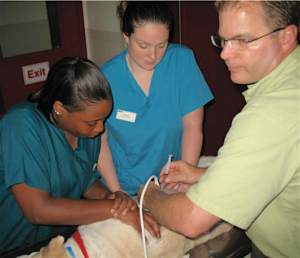
Lindquist Compression Technique For Thoracic FNA
This technique often makes inaccessible thoracic lesions accessible.
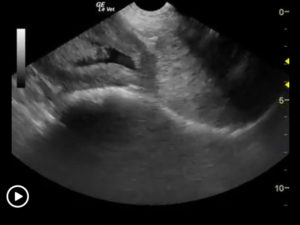
Traumatic Catheterization Procedure
Sedation Use largest open-end rigid polypropylene urinary catheter cut diagonally to create a sharp edge like a needle bevel. Lube heavily and pass catheter retrograde

UGELAB for Transitional Cell Carcinoma in the Dog
Dr. Dean Cerf, Ridgewood Veterinary Hospital NJ and Dr. Eric Lindquist, SonoPath.com For More Information Contact Dr. Dean Cerf at Ridgewood Veterinary Hospital, Ridgewood, NJ,
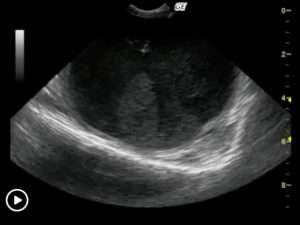
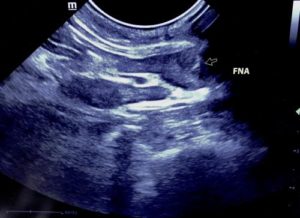
Ultrasound-Guided Lymph Node Culture
This type of lymph node sampling is helpful in determining infected lymph nodes vs. lymphoma. Supplies: 6 cc Luer lock syringe 1cc of saline 2
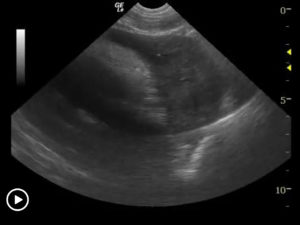
Ultrasound-Guided Pericardiocentesis
History Pericardial effusions typically cause some level of cardiomegaly on radiographs but note poor vascular volume in the pulmonary artery and vein. Muffled heart sounds

Ultrasound-Guided Sampling Procedures
Description Ultrasound-guided needle sampling is frequently used in the diagnostic evaluation of patients. Fine needle aspiration has the advantage of requiring minimal or no sedation
